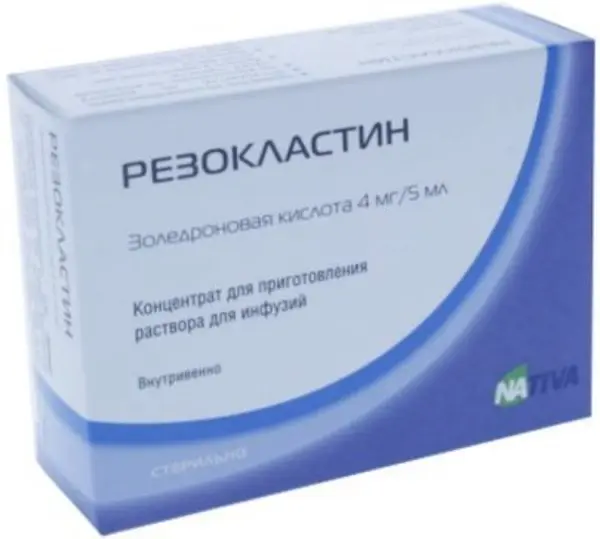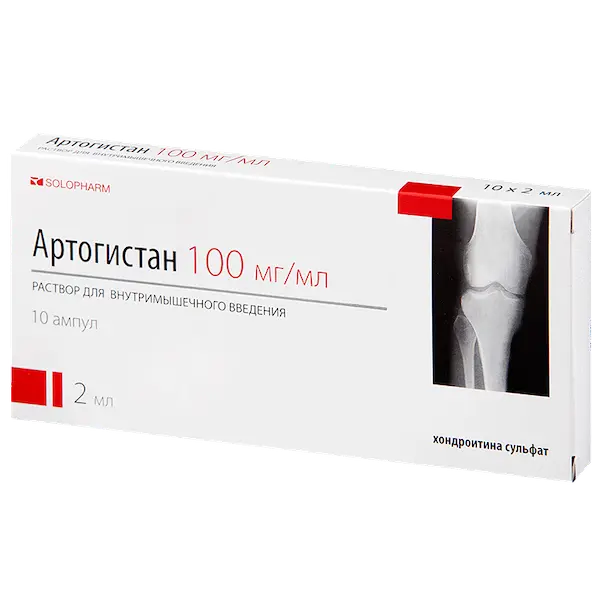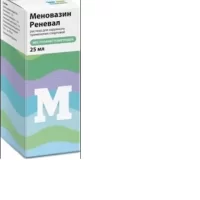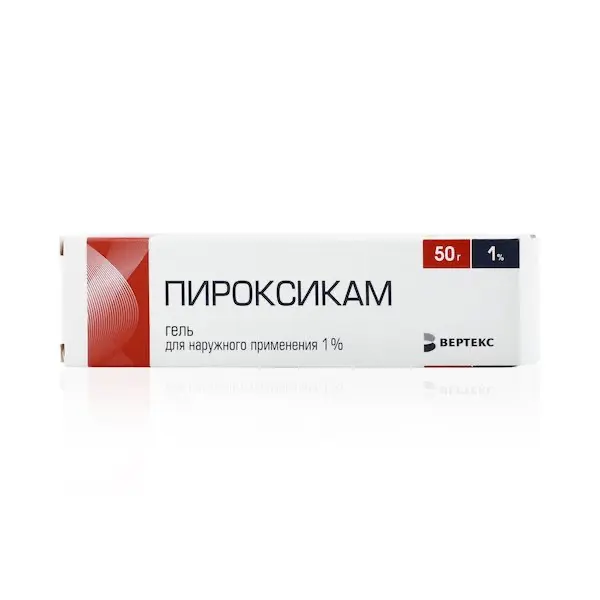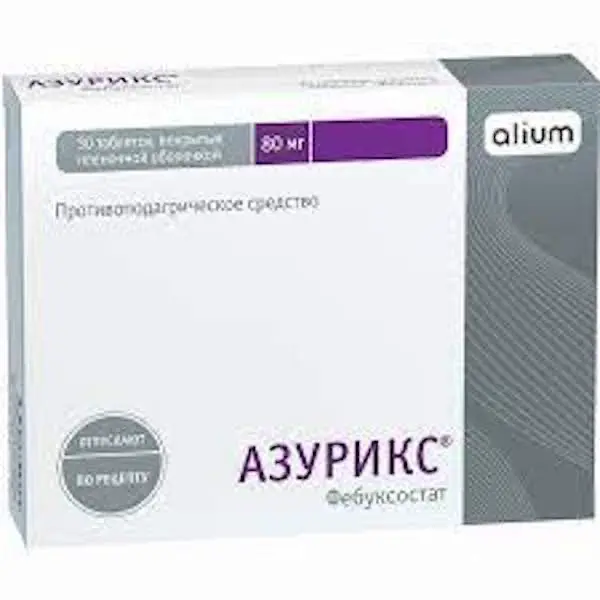Description
Resoclastin Pharmacodynamics
Resoclastin belongs to a new class of highly effective bisphosphonates with a selective effect on bone tissue.
Zoledronic acid inhibits osteoclast activity, has no undesirable effect on the formation, mineralization and mechanical properties of the bone tissue. The selective action of bisphosphonates on bone tissue is based on their high affinity for mineralized bone tissue, but the exact molecular mechanism providing inhibition of osteoclast activity is still unknown. Zoledronic acid, in addition to its inhibitory effect on bone resorption, has direct antitumor properties that provide efficacy in bone metastases.
In vitro it was found that zoledronic acid, by inhibiting cell proliferation and inducing cell apoptosis, has a direct antitumor effect on myeloma and breast cancer cells, reducing their risk of metastasis. Inhibition of osteoclastic bone resorption leads to reduction of tumor cell growth; anti-angiogenic and anti-pain activity is noted. Zoledronic acid also inhibits proliferation of human endothelial cells. In hypercalcemia caused by a tumor, it reduces the concentration of calcium in blood serum.
When using zoledronic acid in patients with postmenopausal osteoporosis (femoral neck bone mineral density T-criterion values less than – 2.5) a statistically significant decrease in the risk of vertebral fractures was observed, as well as a decrease in the risk of developing one or more new (recurrent) vertebral fractures. Treatment with zoledronic acid in patients with Paget’s bone disease showed statistically significant, rapid and prolonged therapeutic response, normalization of bone metabolism level and plasma ALP concentration.
The drug is also highly effective in patients previously treated with oral bisphosphonates. It was found that in most patients with zoledronic acid the therapeutic response is maintained throughout the treatment period (about 2 years).
In patients with postmenopausal osteoporosis and Paget’s disease, zoledronic acid does not affect the qualitative state of normal bone, does not disturb bone remodeling and mineralization processes, and contributes to the preservation of normal trabecular bone architectonics.
Indications
-Hypercalcemia (concentration of albumin corrected serum calcium >12 mg/dl or 3 mmol/l), induced by malignant tumors.
-Metastatic bone lesions in malignant solid tumors and myeloma disease (to reduce the risk of pathological fractures, spinal cord compression, tumor-induced hypercalcemia, and reduce the need for radiation therapy).
-Postmenopausal form of primary osteoporosis.
-Senile form of primary osteoporosis.
-Secondary osteoporosis.
-Paget’s bone disease.
Contraindications
-Hypersensitivity to zoledronic acid, other bisphosphonates or any other constituents of the drug.
-Severe renal insufficiency (creatinine clearance <<-30 ml/min).
-Pregnancy and lactation period.
-Children and adolescents (safety and efficacy of use have not been established).
With caution:
With caution in impaired renal function, in severe hepatic failure (no data on use), in patients with bronchial asthma, sensitive to acetylsalicylic acid.
Dosage and administration
- Rezoclastin is administered by intravenous drip for at least 15 minutes.
- In hypercalcemia caused by malignancies (albumin-corrected calcium concentration >12 mg/dL or 3 mmol/L), the recommended dose of the drug is 4 mg, once. The infusion is given on condition that the patient is adequately hydrated.
- In metastatic bone lesions of malignant solid tumors and myeloma disease, the recommended dose of the drug is 4 mg, every 3-4 weeks. Additionally it is recommended to administer calcium in a dose of 500 mg per day and vitamin D in a dose of 400 ME per day.
- In postmenopausal and senile forms of primary osteoporosis to increase bone mineral density, prevent fractures of vertebral bodies and other skeletal bones, the recommended dose of Rezoclastin is 5 mg, once a year.
- For secondary osteoporosis, the recommended dose of Rezoclastin is 5 mg, once a year. If dietary intake of calcium and vitamin D is insufficient, calcium and vitamin D supplementation should be given to patients with osteoporosis. The duration of the medicine is determined by the doctor individually depending on the patient’s condition.
- For the treatment of Paget’s bone disease, a single intravenous injection of the drug in a dose of 5 mg is recommended. Since Pedgett’s disease is characterized by high bone metabolism, it is recommended to take daily allowance of calcium and vitamin D during the first 10 days after the introduction of zoledronic acid.
- Re-treatment with zoledronic acid for Paget’s bone disease. There is a long period of remission after the first administration of the drug. Currently, there are no specific data on the re-treatment of Paget’s bone disease. However, the possibility of reintroduction of the drug can be considered in patients with recurrent disease based on the following criteria: absence of normalization of serum alkaline phosphatase activity, increase of its activity in dynamics, as well as the presence of clinical signs of Paget’s bone disease detected at medical examination 12 months after the first dose of zolendronic acid administration.
- In patients with impaired renal function.
- Hypercalcemia due to malignant tumors:
- The decision to treat with zoledronic acid in patients with significant renal dysfunction should be made only after careful assessment of the risk/benefit ratio. If serum creatinine concentration is < 400 µmol/L or < 4.5 mg/dL, no dosing adjustment is required.
- Metastatic bone lesions in malignant solid tumors and myeloma disease:
- The dose of zoledronic acid in patients with impaired renal function depends on the baseline creatinine clearance (CK) calculated using the Cockcroft-Gault formula. Zoledronic acid is not recommended for use in patients with severe renal impairment (CK < 30 ml/min) (see instructions).
- Determination of serum creatinine concentration should be determined before administering each dose of the drug. If renal function abnormalities are detected, the next injection of zoledronic acid should be postponed. Renal dysfunction is determined by the following parameters:
- -For patients with normal baseline creatinine values (<1.4 mg/dL), a 0.5 mg/dL increase in serum creatinine;
- -for patients with abnormal baseline creatinine (>1.4 mg/dL) – an increase in serum creatinine of 1 mg/dL.
- The treatment with zoledronic acid should be resumed only after creatinine concentration reaches creatinine values not more than 10% higher than the basic value at the same dose used before the treatment interruption.
- Instructions for preparing the solution
- The solution is prepared aseptically. Before administering, the drug is diluted (contents of 1 vial – 4 mg/-5 ml or 5 mg/6.25 ml, depending on the recommended dose) into 100 ml of calcium-free solution for infusion (0.9% sodium chloride solution or 5% dextrose solution). Prepared Resoclastin solution should preferably be used immediately after preparation. Unused solution can be stored in the refrigerator at 2 to 8 ° C for 24 hours maximum. The solution should be kept in the room until it has reached room temperature before injection.

